X-Factor Claims Centrestage
A new law to reserve seats for women in Parliament, legislatures has set the stage for a fresh churn in India's socio-economic framework. EPISODE #144
Dear Reader,
A very Happy Monday to you.
In 1996, the United Front government, a motley coalition of political parties, led by Deve Gowda proposed mandatory reservation for women in Parliament and legislatures. However, some of the constituents of the coalition were dead opposed to the idea. Supported by allies from outside, they successfully nixed the initiative.
Subsequently, the Congress-led United Progressive Alliance (UPA) revived the idea and managed to get the law approved in the Rajya Sabha, but failed to convince the Lok Sabha.
Finally, last week the National Democratic Alliance (NDA) led by the Bharatiya Janata Party (BJP) introduced and passed a law enabling reservation for women in Parliament, legislatures.
What will this do to the socio-economic framework of India, which has already witnessed substantive churn in the last decade and more with the reduction in poverty and the rise of the middle class? This week I explore this question.
A big shoutout to Surendra, Gautam, Premasundaran, Aashish and Vandana for your informed responses, kind appreciation and amplification of last week’s column. Once again, grateful for the conversation initiated by all you readers. Gratitude also to all those who responded on Twitter and Linkedin.
The cover picture is taken by Srimathi Jayaprakash and sourced from Unsplash.
Unfortunately, Twitter has disabled amplification of Substack links—perils of social media monopolies operating in a walled garden framework. I would be grateful therefore if you could spread the word. Nothing to beat the word of mouth.
Reader participation and amplification is key to growing this newsletter community. And, many thanks to readers who hit the like button😊.

The X-Factor
The story of women’s empowerment in India was off to a good start a few years after it gained Independence in 1947. Unlike some of the western democracies like the United States and England—where females had to fight for years to obtain women’s suffrage—women in India were accorded the right to vote from the very first election in Independent India.
Tragic that India lost its way thereafter in the emancipation of women. Guess, it is a case of better late than never.
Parliament which met last week in its new and impressive home, passed a law that mandated a third reservation of elected representatives. This will apply to Parliament as well as state legislatures and will go into effect in 2029.
Ahead of this deadline there is a lot of heavy lifting to do—including ratification by state legislatures and working out the modalities of this affirmative action—to ensure that this game changing constitutional amendment is duly adopted.
The Pivot
What we have seen in the last few years is a happy convergence of circumstances, which enabled monetisation of the social capital steadily accumulated over the years. After all nothing happens in isolation, but is only a progressive iteration—till such time it reaches a critical mass.
Undoubtedly, political stability—a majority government at the centre for two successive terms—was the tipping point.
It freed the reins of governance to implement structural shifts in public policy that had huge ramifications for women. Simultaneously, the #MeToo movement put the spotlight on the fundamental right of personal space for women, especially in the context of sexual violence.
This convergence of circumstances caused a reset in India’s socio-economic framework. It is my argument that in turn this laid the groundwork for the rollout of the affirmative action law last week.
You may recall that I recently wrote about the increasing importance being accorded to women in New India.
This is most evident in the way public policy has evolved to create the space for them. Passage of a law mandating reservation of women in legislatures is only another step in cementing this narrative.
I am sharing the link below in case you wish to reread it.
Walking The Talk
As I mentioned in the previous newsletter, the incumbent government, the BJP-led NDA, made empowerment of women part of their agenda right from their very first day in office in 2014.
PM Modi’s debut Independence Day speech is still remembered for the commitment laid out by the NDA to deliver a toilet in every home.
As all of us are aware the lack of this basic facility meant open defecation (ODF) or use of unsafe public toilets that also lacked hygiene.
A toilet in every home would therefore kill two birds with one stone: Ensure hygiene and restore dignity.
The graphic above captures the latest update on the Swachh Bharat mission. Ideally, the entire map of India should be bright green. The fact that it is not, tells you that fixing this shameful legacy deficit is still a work in progress.
Similarly, the record of women’s empowerment over various criteria, captured in the earlier graphic, shows that the NDA has walked its talk. The universal adoption of cooking gas, enabling financial inclusion through opening of bank accounts or building homes for the poor households with ownership vested with women, the NDA has checked all the boxes.
Pradeep Gupta, India’s top pollster, made an interesting observation, in a book compiled on PM Modi’s record of 20-years at the helm of state and national politics, about the impact of this on women’s empowerment.
It is then clear that the socio-economic profile of India is being slowly and steadily reinvented.
The politics of gender is being turned on its head. And, rightly so.
Closing the Gap
Like I said earlier, no change happens in isolation. Progressively, the gender gap with respect to literacy—see the graphic above—and India’s sex ratio—see graphic below—is being bridged.
The X Constituency
Driven by patriarchal prejudice the political constituency of women has long been taken for granted. While NDA representatives may deny that politics has influenced their decision on affirmative action for women, we know otherwise.
Beginning in 2014—from his very first Independence Day address—PM Modi has steadily cultivated this constituency. It is consistent with his strategy of outreach to discover new support groups for the BJP and his government.
This aside, it also makes eminent economic sense. There are many studies which prove that a country that does not gainfully employ women—India is a case of missing women in the workforce—suffers an economic loss. Enabling this will stir the social plot afresh.
Walking this talk will not be easy. While gender prejudice has been dented, it has not been eliminated.
A lot will depend on how India votes in the general election due next year. It will be interesting to see how the X-factor influences the mandate.
Recommended Viewing/Reading
Sharing my latest post of Capital Calculus on StratNews Global.
On the sidelines of the recent summit meeting of the G20 group of countries in Delhi, United States and India co-anchored the idea of a multi-modal economic corridor connecting India to Europe through the Middle East. This corridor will not go through the Suez Canal and will save transport time by 40%.
More importantly, the deal involving the UAE, Saudi Arabia, Israel, Jordan, Greece and Italy among others, promises to serve as a supply chain that will not only boost trade among the member countries, but also enable production of green energy and digital services.
To understand this relatively new template for diplomacy, inspired by friendshoring, and its scope we spoke to Prof. Michaël Tanchum, Non-resident Fellow, Middle East Institute. Prof Tanchum is the rare scholar who foresaw the evolution of this economic corridor.
Sharing the link below. Do watch and share your thoughts.
Till we meet again next week, stay safe.
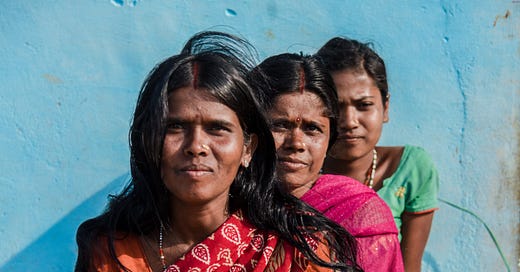

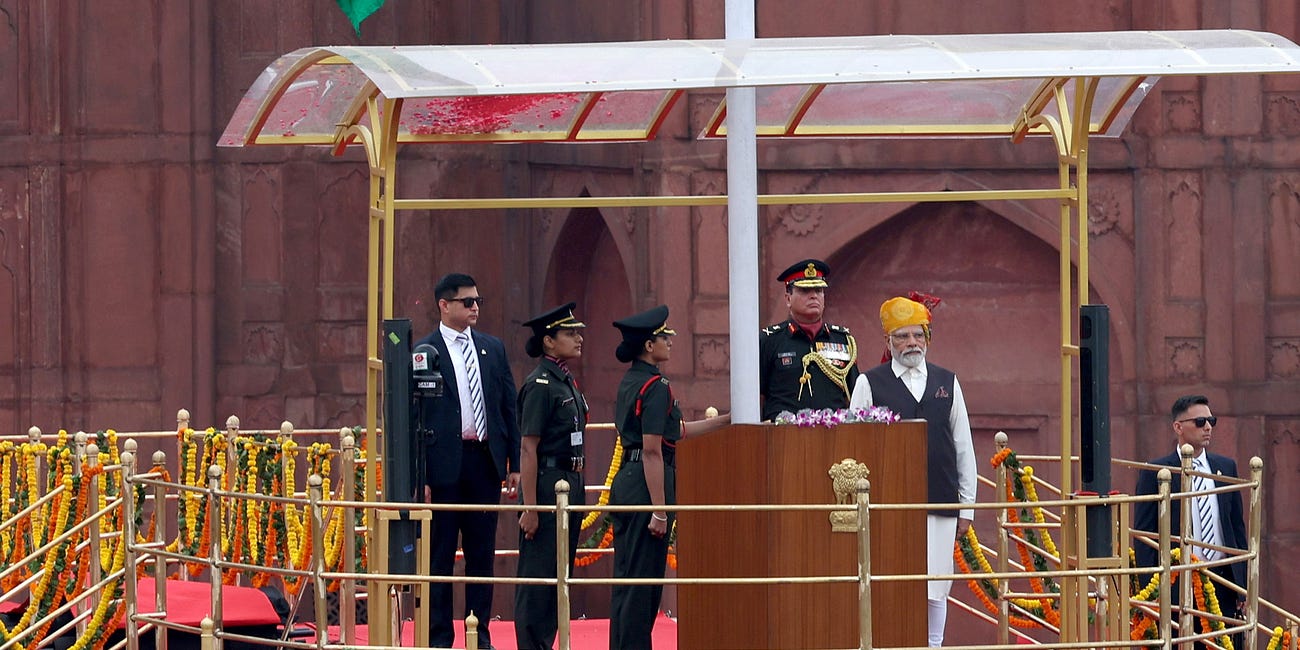

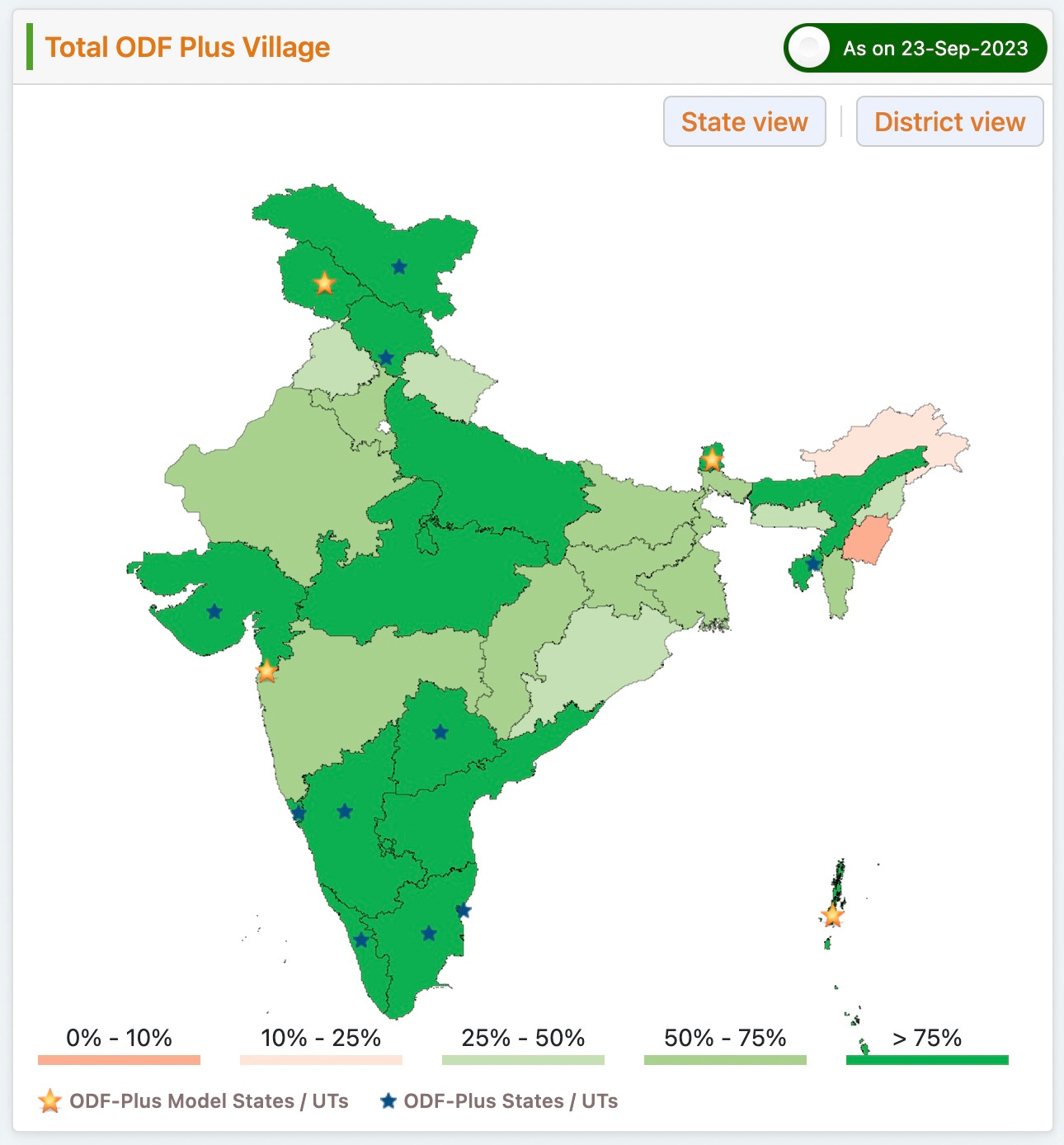

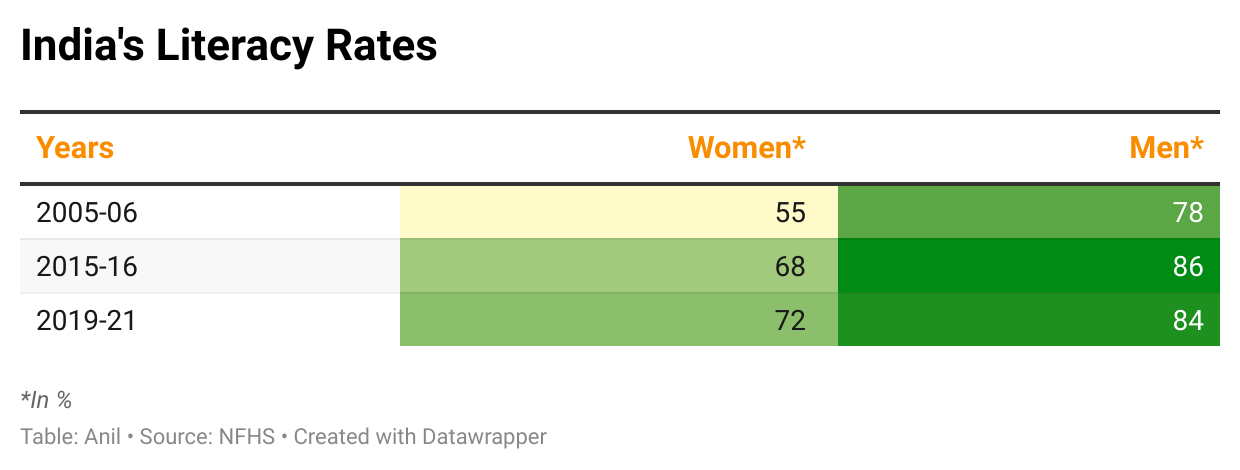
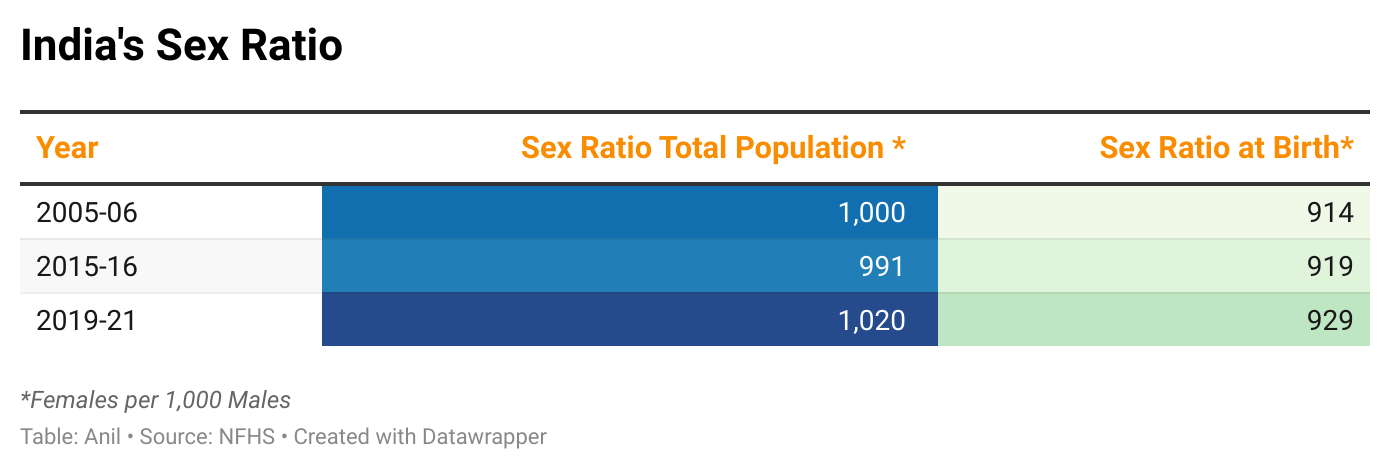
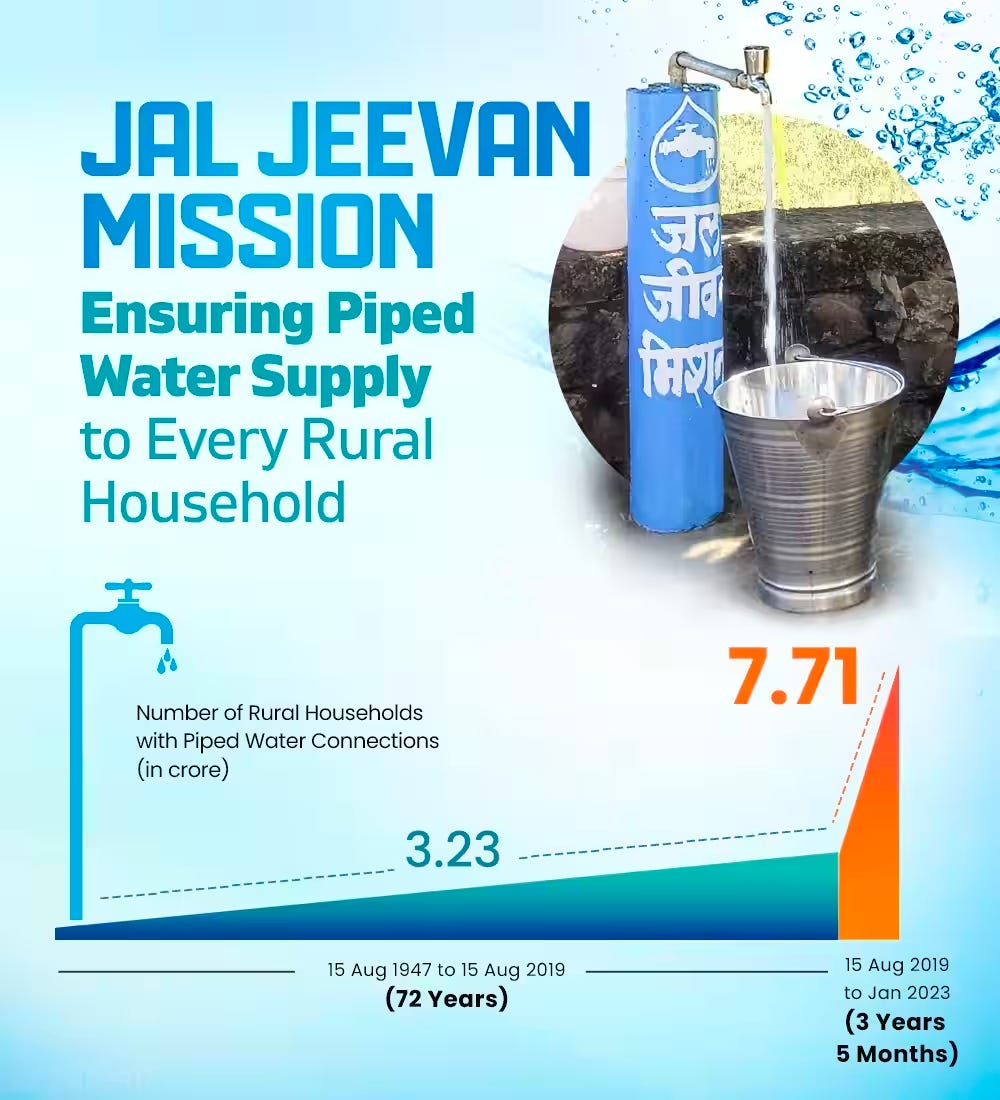
Dear Anil,
Excellent article! If a group is not represented proportionally in the political system,it's ability to influence policy making is limited.Discrimination against women must be eliminated in political and public life.
Diversity can lead to better policy formulation and governance.This bill will empower women at various levels.It will prioritise and advocate for issues that directly affect women, such as gender based violence, women's health, education and economic empowerment.
Women leaders in politics can serve as role models for young girls encouraging them to aspire for leadership positions in various fields.
It all seems good theoretically, let's see the implementation and actual results after the elections!!!
Dear Anil
Thanks for covering the Women's Reservation Bill which was practically passed uncontented. There was hardly any voice of dissent in both the Houses. As you have rightly pointed out, this is like a culmination of so many schemes which show the importance being given to women in India, more so in rural India. The promise of a toilet in every household had the health, comfort and safety of rural women in mind. The idea was scoffed at but the PM reiterated the plight of women who were being denied their basic rights. Cooking gas scheme again benefitted the rural ladies more than anyone else. They were the ones choking in smoke filled kitchens. The Jal Jeevan Mission is another example. It's true that everyone stands to benefit from clean drinking water. However, who can forget the images of so many girls and ladies walking for miles with earthenware pots balanced on their heads to collect drinking water? The onus invariably fell on the ladies. Increasing literacy rates among women, more bank accounts as well as loans in their names all reflect the empowerment of rural women. The point to be noted is that these aren't mere promises, they have become a reality. You have always highlighted this with data in the form of maps, charts, graphs and so on. I suppose the latest law enabling reservation for women is surely the icing on the many layered cake.Dear Anil
Thanks for covering the Women's Reservation Bill which was practically passed uncontented. There was hardly any voice of dissent in both the Houses. As you have rightly pointed out, this is like a culmination of so many schemes which show the importance being given to women in India, more so in rural India. The promise of a toilet in every household had the health, comfort and safety of rural women in mind. The idea was scoffed at but the PM reiterated the plight of women who were being denied their basic rights. Cooking gas scheme again benefitted the rural ladies more than anyone else. They were the ones choking in smoke filled kitchens. The Jal Jeevan Mission is another example. It's true that everyone stands to benefit from clean drinking water. However, who can forget the images of so many girls and ladies walking for miles with earthenware pots balanced on their heads to collect drinking water? The onus invariably fell on the ladies. Increasing literacy rates among women, more bank accounts as well as loans in their names all reflect the empowerment of rural women. The point to be noted is that these aren't mere promises, they have become a reality. You have always highlighted this with data in the form of maps, charts, graphs and so on. I suppose the latest law enabling reservation for women is surely the icing on the many layered cake.